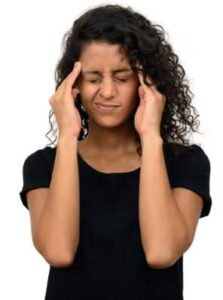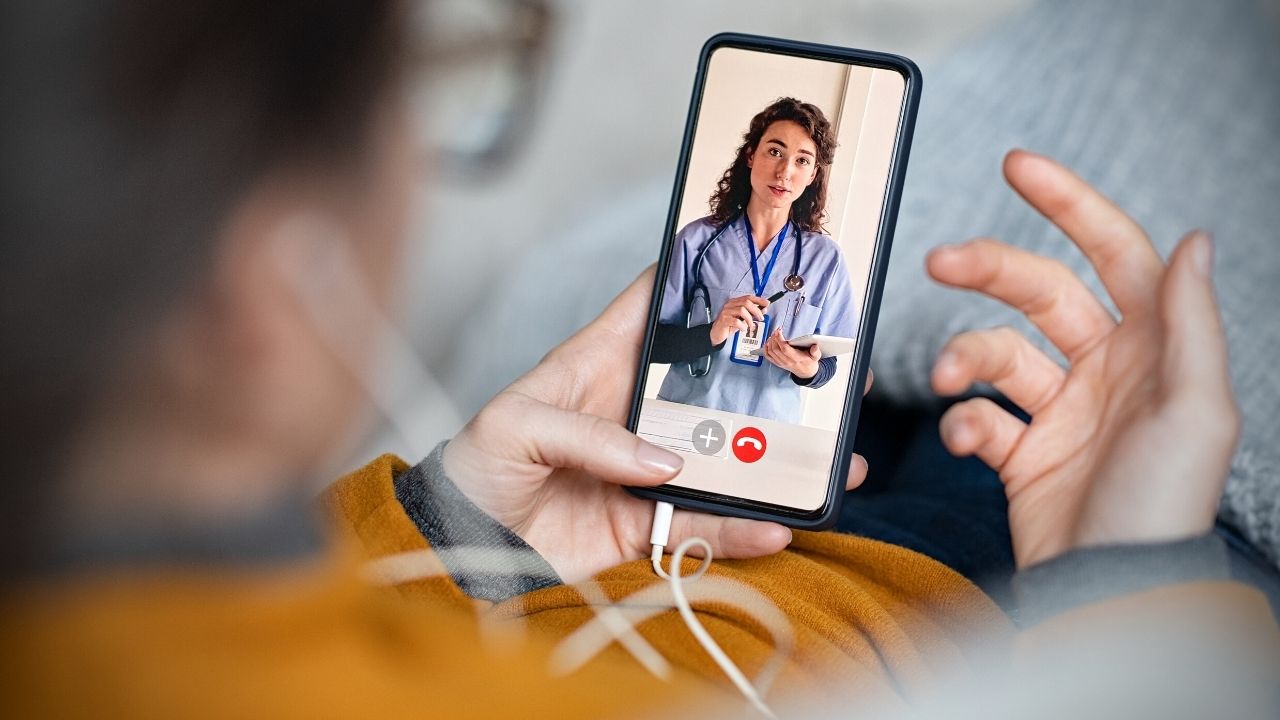Multiple sources agree that the most common causes of the complaints of dizziness and vertigo include benign paroxysmal positional vertigo, vestibular migraine, orthostatic hypotension, vestibular neuritis, and Ménière’s disease. There are subtle differences in the symptom presentation, duration, provoking or exacerbating factors that guide the examiner to the diagnosis. Vestibular neuritis almost always presents as an isolated episode of vertigo with residual clinical signs, making diagnosis simpler. Reaching a diagnosis for recurrent episodic vertigo often is not quite as simple. In this blog, we will discuss a helpful strategy to reach a diagnosis, particularly for patients with episodic vertigo and dizziness.
Most patients with episodic vertigo are not acutely symptomatic when they arrive for an outpatient clinical appointment. Spontaneous, recurrent, episodic vertigo lasting 20 minutes or longer is most often the result of Ménière’s disease or vestibular migraine, neither of which are typically active at the time of examination. There is often significant overlap in symptom presentation and duration with these two conditions. Relying on patient history can be unreliable, and vestibular function tests do not necessarily differentiate between these two conditions, which can make diagnosis difficult
 Triggered episodic short duration vertigo most often includes either BPPV or orthostatic hypotension. Unfortunately, there is no guarantee that symptoms will be triggered by provocation such as the Dix-Hallpike test or monitoring blood pressures, supine then standing. If the Dix-Hallpike test is positive or a significant decrease in blood pressure is detected on rising from supine to standing, the diagnosis is fairly straightforward. However, it is not unusual for patients actively dealing with either of these conditions to have a negative examination in office. Specifically, the Dix-Hallpike can be negative in active BPPV, and BPPV cannot be ruled out based on a negative Dix-Hallpike exam.
Triggered episodic short duration vertigo most often includes either BPPV or orthostatic hypotension. Unfortunately, there is no guarantee that symptoms will be triggered by provocation such as the Dix-Hallpike test or monitoring blood pressures, supine then standing. If the Dix-Hallpike test is positive or a significant decrease in blood pressure is detected on rising from supine to standing, the diagnosis is fairly straightforward. However, it is not unusual for patients actively dealing with either of these conditions to have a negative examination in office. Specifically, the Dix-Hallpike can be negative in active BPPV, and BPPV cannot be ruled out based on a negative Dix-Hallpike exam.
Document Nystagmus When Symptomatic
Nearly every adult in the United States owns or has access to a smart phone. Much like a cardiac event monitor, a smart phone can be used to video eye movements when symptomatic.
In attempting to differentiate between Ménière’s disease and vestibular migraine, the spontaneous nature of the episodes mandates a “wait-and-see” approach. We inform the patient that the best outcome would be no additional episodes, but if they are going to have an episode we hope to learn from it. We provide instructions on how to video gaze and spontaneous nystagmus, and where to forward the video to us by email.
There is evidence that nystagmus associated with Ménière’s disease is significantly more prominent and more likely to be horizontal than those typically seen during an episode of vestibular migraine. There is also evidence that the direction of nystagmus changes over time during a Meniere’s episode. For more detail on this topic, we suggest the article Capturing Acute Vertigo: A vestibular event monitor.
We ask the patient to provide a roughly 30 second clip of nystagmus early in the episode and then to take a second video towards the end of the episode or a couple of hours later.
Home Epley Exercises as a Test and a Treatment
For patients with history suggestive of active BPPV, but with negative Dix-Hallpike tests, we recommend a trial of home Epley exercises for a few days following the examination. Again, we affirm that no vertigo is the best response, but that recording eye movements if symptomatic can help confirm suspected BPPV.
We instruct them to determine which side is positive and focus on performing home Epley exercises for that side. If they cannot determine which side because they are not triggering symptoms, everyone is happy because the condition has likely resolved.
If they are triggering symptoms on both sides we suggest they send us video to determine if they potentially have bilateral BPPV or if there is horizontal canal involvement. Modifications to home repositioning maneuvers can then be made remotely as needed. More often than not this protocol results in quick symptom resolution.
Instructions for video of eye movements during vertigo episodes
 Positional vertigo – Have a family member or friend hold the camera. Do not use “selfie” mode as the image is reversed. Start filming a few seconds before lying down, and video until the vertigo stops or up to one minute. The video should be a close up of the eye, close enough to see the veins in the eye.
Positional vertigo – Have a family member or friend hold the camera. Do not use “selfie” mode as the image is reversed. Start filming a few seconds before lying down, and video until the vertigo stops or up to one minute. The video should be a close up of the eye, close enough to see the veins in the eye.
The patient should be talking through the video so that we know what head position matches the eye movements. For example, “I’m sitting with my head to the right, I’m lying down now, The vertigo is starting, the vertigo stopped, etc.”
Non-Positional vertigo – Do not use selfie mode as the image is reversed. Film for at least 30 seconds, with 10 seconds looking straight at the camera, and 10 seconds looking out of each corner of the eye. Do not move your head or the camera. Video should be a close up of one eye, close enough to see the veins in the eye.
We recognize that using a smartphone does not eliminate or even reduce the potential for fixation suppression of nystagmus as infra-red goggles would, but nystagmus from BPPV and recent onset acute vertigo associated with Meniere’s disease is typically visible to the naked eye. We have found this protocol to be immensely helpful to ensuring an accurate diagnosis for our patients.







